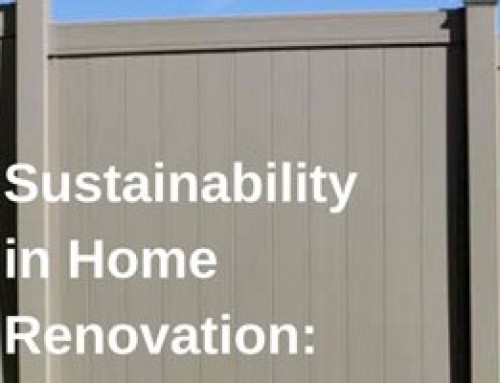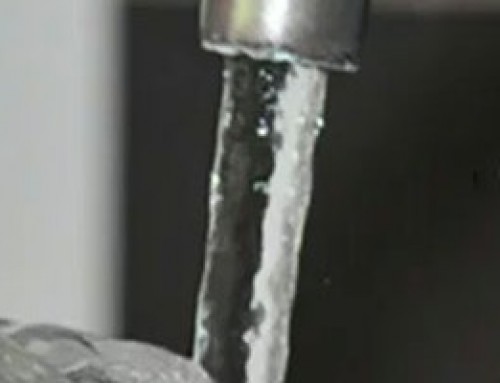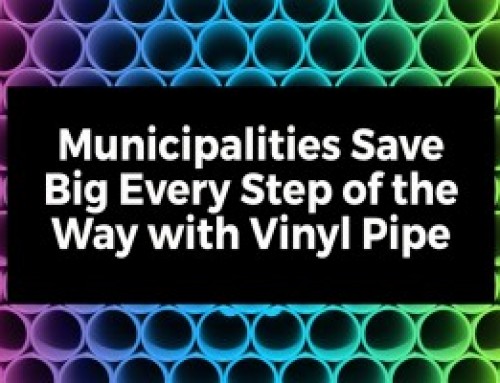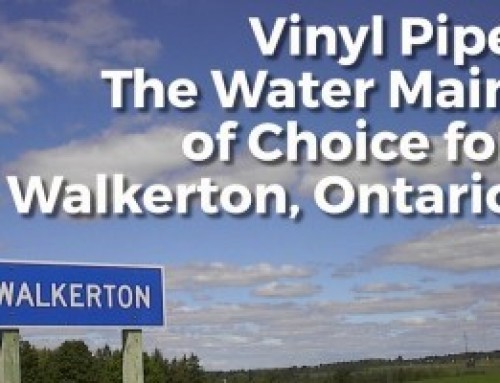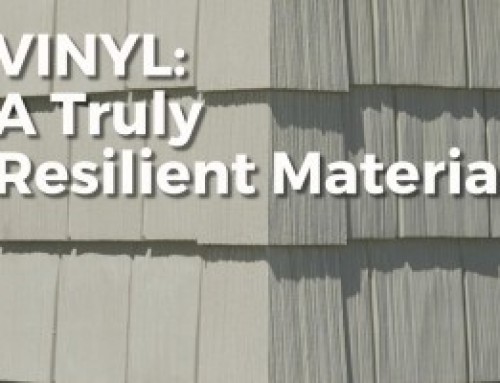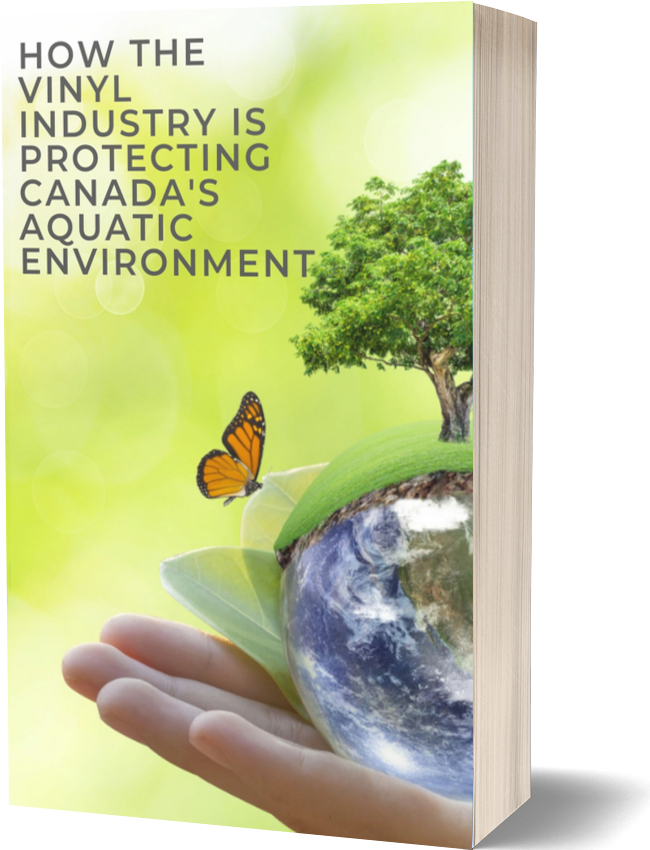The word “sustainability” is being thrown around a lot these days.
That’s because we’re now realizing that if the human population continues to grow at the current rate and we continue to consume resources at current levels, we will eventually run out of the resources we need to survive.
We’re lucky that our planet has abundant natural resources to provide humans with the necessities for life, but if we don’t manage those resources prudently we will run out.
The Earth’s natural resources are abundant, but not infinite.
This is why Sustainable Development is so important.
Wikipedia defines Sustainable Development as “development that meets the needs of the present without compromising the ability of future generations to meet their own needs”.
Fortunately Sustainable Development is now happening all over the world.
Buildings are being built to be more energy efficient and use more recycled building materials, urban sprawl is being cut back, home appliances continue to be made more energy efficient, and we continue to reduce our water consumption with devices like low-flow toilets.
However the construction industry also has a role to play in Sustainable Development by consuming natural resources wisely and using as much recycled building materials as possible so that our children and grandchildren have enough resources to build the buildings and infrastructure that they need.
Let’s look at Vinyl as a building material.
Vinyl is used for many applications such as flooring, wall-covering, siding, buried water main and sewer piping, and industrial process piping.
Vinyl has many benefits as a construction material such as corrosion-resistance, abrasion-resistance, superior strength, and longevity.
Vinyl construction materials are also light-weight and easy to install. But how does Vinyl stack-up in the Sustainability department?
Firstly, the basic raw materials for Vinyl are natural gas, saltwater and air.
There is an abundant supply of natural gas in North America, and more deposits are being discovered every day.
We have a virtually unlimited supply of salt water and unlimited supply of air. So in terms of natural resources, Vinyl is easily sustainable.
Secondly, Vinyl is 100 percent recyclable, so natural resources can be further conserved by recycling Vinyl scrap.
In fact, most of today’s Vinyl scrap is being recycled, but not all of it.
The global Vinyl industry is working tirelessly to promote Vinyl recycling through innovations in recycling technologies and legislation to provide tax incentives to manufacturers for increasing the recycled Vinyl content in their products.
The ultimate goal is to recycle 100 percent of the Vinyl scrap generated globally and divert all Vinyl waste from landfills.
While this may be an ambitious goal, it is achievable.
So in terms of Sustainable Development, Vinyl scores high for natural resources as its raw materials are in virtually unlimited supply, and it scores high for the environment as it is 100 percent recyclable.
Imagine a product that was manufactured, from resources that are abundant, when you were a baby that you used your entire life, then it was recycled and your children used it throughout their lives, then it was recycled again and your grandchildren used it, and may even be recycled and used again in future generations.
This is not some make-believe fantasy product, this is Vinyl.
If Vinyl does not meet the definition of a truly sustainable material, what does?


